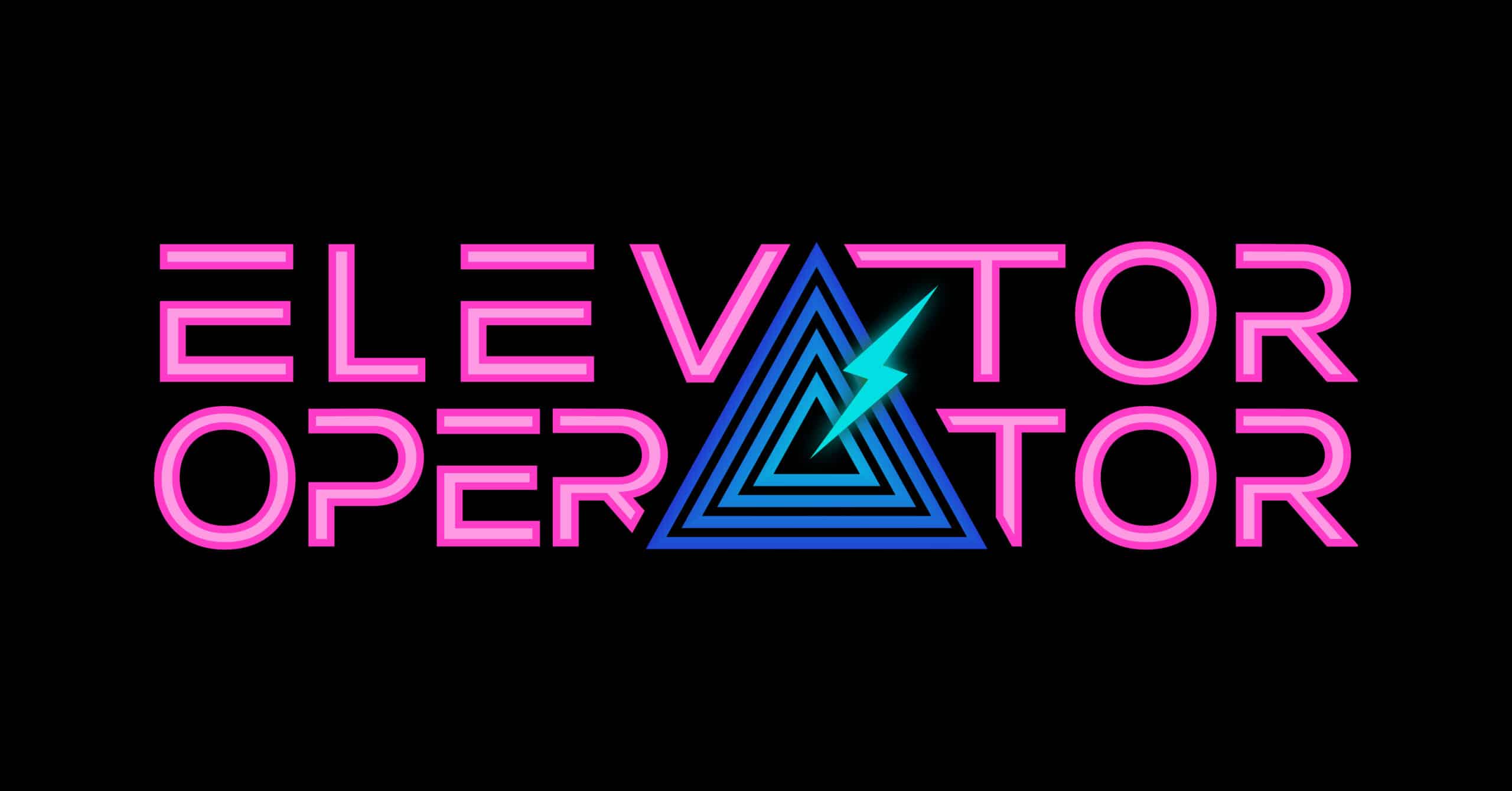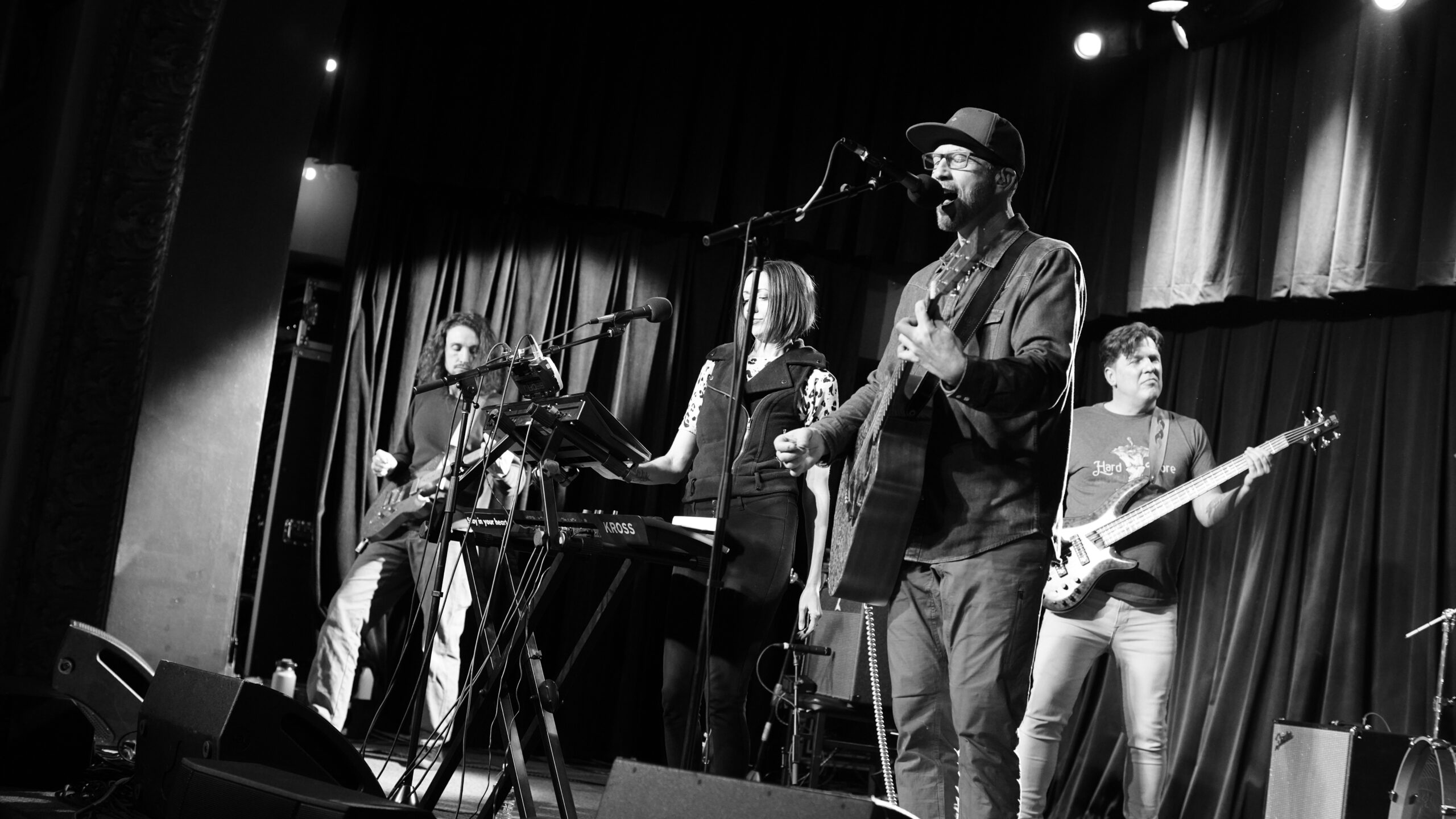There are many reasons why people love the legend of Sasquatch and read about the search for Bigfoot. They are captivating tales that entertain and open us up. But there is more going on with Bigfoot than entertainment. There is more to it than curiosity. If we pay close attention, we can see that Bigfoot stories teach us a lot about spirituality and belief — both our own and humanity’s in general.
The Universality of Archetypes
We’ve discussed before how Bigfoot and similar creatures appear in stories from many cultures in all times and continents. And when you examine these stories, there is a strong connection that begins to emerge. These stories fall under a set of myths depicting the Wild Man archetype.
The Wild Man is a universal character throughout human cultures. He stands always in the space in between the forest and society, stalking the borders of our origins. With both a message of warning and an invitation to the primal, the Wild Man can be seen as a terrifying threat to societal order or an important reminder of the greater world we are a part of.
Tall and hairy, the Wild Man is expressed in our own wildness, when we break out of societal norms, but also when we hear the call of the forest and choose to go and explore. The Wild Man is not good or bad. Just as the predator animal is not being evil when it hunts its prey, the Wild Man is not being evil when it breaks society’s rules. Instead, the Wild Man reminds us that we are all still a little wild.
What exactly is an archetype? Psychoanalyst Carl Jung defined them as universal patterns that exist in all people. These patterns show themselves in the strikingly similar myths that sprout up independently in human cultures. These same patterns express themselves in our dreams, our behavior, and our understanding of situations.
The Wild Man archetype, which we encounter whenever we talk about Bigfoot, holds a very important purpose. As we’ve said, he represents a link to our deep past and to the wild places that survive with us to this day. Interestingly, many people refer to the search for Bigfoot as the “search for the missing link.” Couldn’t have said it better myself.
The Mystery of Forests
Looking through the culture that surrounds Bigfoot, it is clear that his Wild Man message is getting through. And in a time of increasing anxiety around human caused climate change and ecological destruction, his message has a new twist, that of protecting the forest.
Our traditional idea of the forest is that of a place without rules, without law. Read any fairy tale and it becomes clear that since we first built cities, the forest was seen as a scary place where the normal way of things is upended and magic is afoot.
But in time, humanity strived and built cities and superhighways and airports, and all of a sudden we never had to step foot in the forest again. That magical place was absent from our lives. And the byproducts of the industrial revolution began taking a massive toll. Where once we feared the bears and lions for their unstoppable power, now we fear for them and their likely extinction at the hands of human civilization.
Our success at controlling nature has turned around on us. And many now believe that the only way for humans to survive is for us to take swift and profound action on behalf of ecosystems around the world. The magic and danger of the forest is now in our hands.
The modern Bigfoot stories come from people at the frontlines of humanity’s push into untamed lands. Loggers, road workers, land developers. Here, where the wild places are conquered and set to obey the demands of industrial civilization, Bigfoot appears. A startling reminder of our own connection to these places that we destroy.
As a humanoid creature, Bigfoot acts as a diplomat for the forest. He invites us to see the trees and creatures there as fellow beings who also need a home. How strange to live in a time where the Wild Man is arguing for something that will save not only the forest but the societies that almost destroyed them.
For the Fun of It
Of course, Bigfoot also belongs to a new kind of belief. That of the paranormal. UFOs, ghosts, and Bigfoot generate cultures that greatly overlap. Something that all of these cultures represent is a resistance to the dominant idea of material science. By keeping an open mind about things mainstream science tells us to dismiss, we keep ourselves open more generally. And besides that, it’s also fun.
Like all systems of knowledge before it, science asserts that it is the best way to know things, if not the only way. And while science at its best takes in new information openly and changes its theories because of it, there is a sense that many institutions of science are not as open as they imagine themselves to be. When there is video footage from the US Navy of UFOs, there is no UFO wing opening up in the respected sciences. When there are Bigfoot sightings in an area, there is no army of biologists arriving to document and discover.
It feels like science isn’t so much the dominant belief, but “official” conversation is dominated by a group of institutions we call Science™. Studying or playfully considering the paranormal is a small resistance to this.
Believing in the paranormal — or even just entertaining the notion of it — rejuvenates our sense of wonder at the world. It keeps distance from the purely material worldview of science, and it adds a little room for the unexplained, spooky, and weird to return to our lives.
Belief as a Choice
Finally, Bigfoot shows us something very new in human society. With a torrent of information available at any time of day and a long breakdown of traditions, we live in a time when many realms of belief are not set in stone. There aren’t many trusted arbiters of truth anymore.
There are the scientists mentioned above, but people are free to believe anything they want. No one is being burned at the stake for not accepting general relativity, only being dismissed in official institutions.
When we confront limitless information without hard set beliefs provided by society, we have the ability to choose what we believe. As adults, we can find four hour documentaries saying the earth is flat or the Middle Ages never happened. Bigfoot is one such belief. Some choose to believe it. Some choose to dismiss it. These groups never have to encounter each other, can stay in their own bubbles of information. Society makes no firm stance.
Today, belief is a choice. What do you choose to believe?
[mysocial]




































